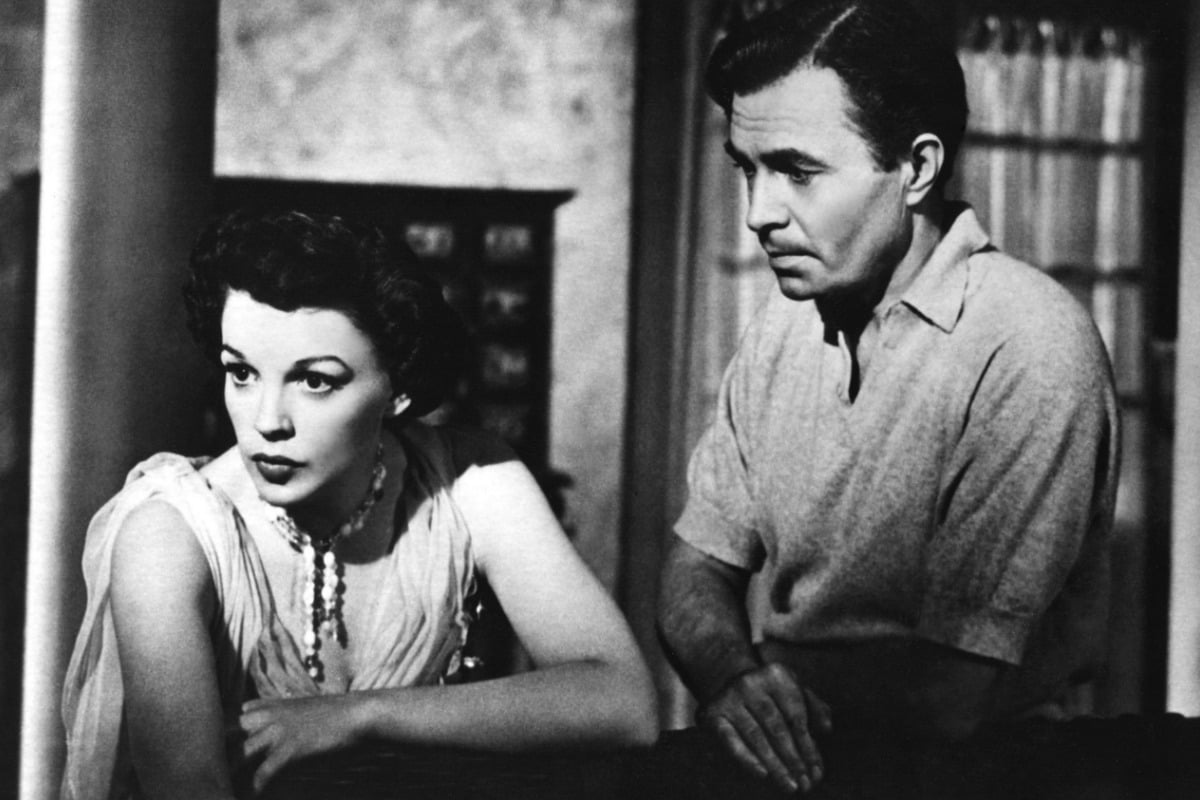
Judy Garland knew what it was like to be a falling star.
When she was just 31 years old, she played the role of Esther Blodgett in the 1954 version of A Star Is Born.
She starred opposite James Mason as Norman Maine, a troubled Hollywood actor who was beginning to lose his grip on fame.
In the film, the pair meet when Esther is performing as part of a singing group. Norman stumbles on stage drunk and Garland’s character helps him save face by pretending it’s part of the act.
Impressed by her talent, Norman introduces Esther to his movie studio, and she quickly rises to fame.
But while Esther’s star was on the rise, Garland’s was on the decline.
Holly Wainwright, Rachel Corbett and Leigh Campbell debriefed on the movie after they watched it:
According to The New Yorker, the actress had been addicted to amphetamines since she was a child actress. M-G-M, the studio she worked for, would feed her pills to keep her energy levels consistent throughout long, tiring days in front of the camera.
She was never able to kick the habit.
After several suicide attempts, she was fired from The Barkleys of Broadway, Annie Get Your Gun, and Royal Wedding. She was later completely let go by the studio.
In 1952, she married a movie producer named Sid Luft. The couple would have a daughter named Lorna together. After Lorna’s birth, Garland suffered from post-partum depression.
Under a doctor’s advice she was medicated, but she was also self-medicating with amphetamines and diet pills. She was obsessed with being “camera slim”.
In his memoir, Judy and I, Luft would admit that he never fully understood how much Garland was suffering.
Top Comments
I'm yet to see the current version, but there have been four versions of this film made since the 1930s. They all have good reviews - but the rave reviews are for the current version and the 1954 Judy Garland version.